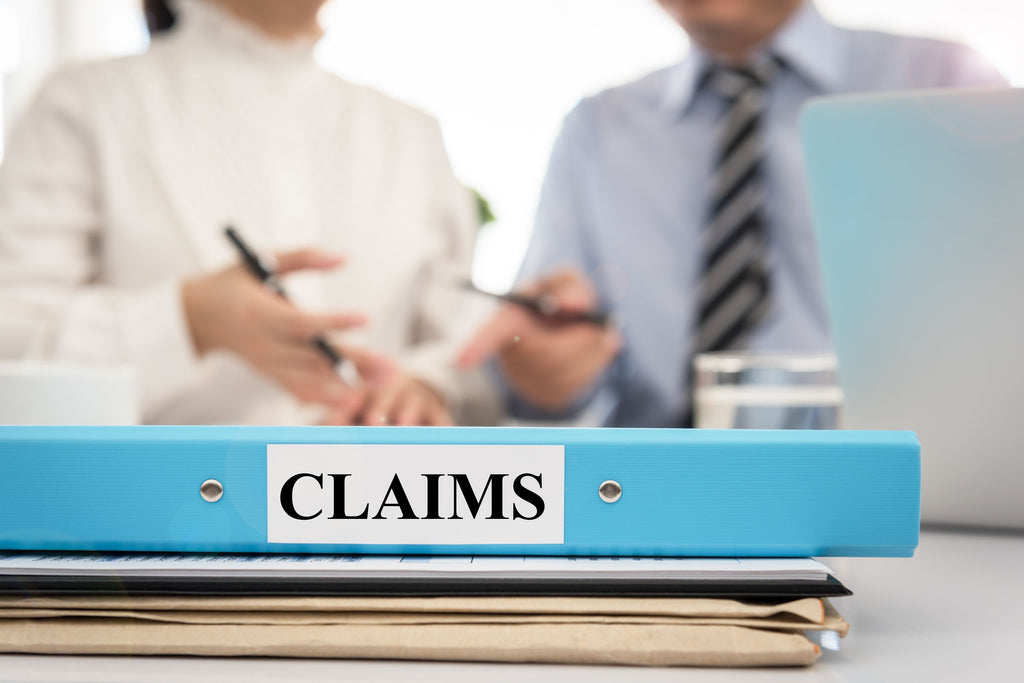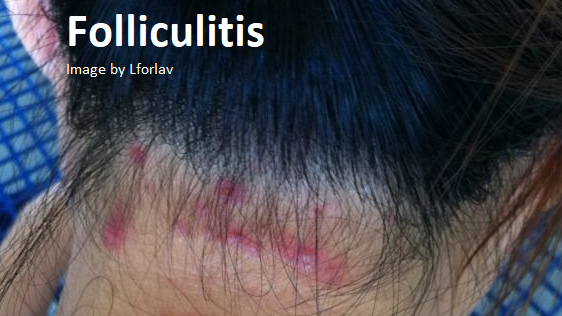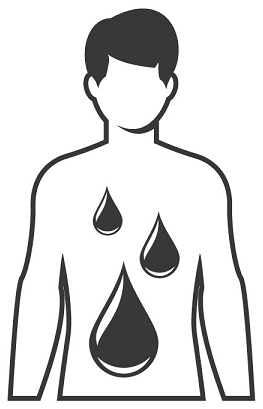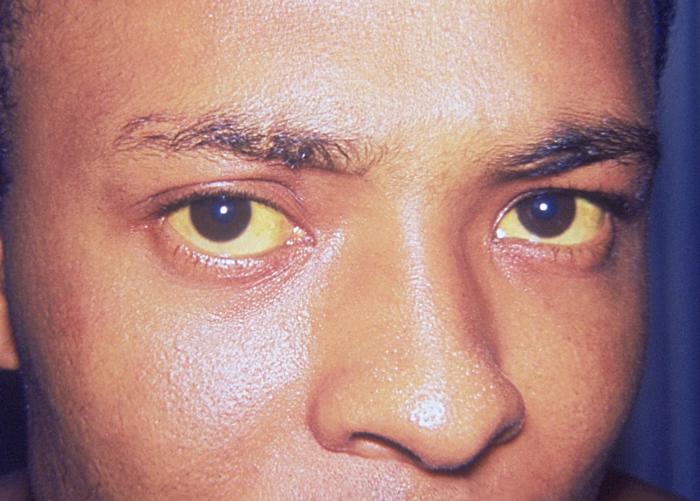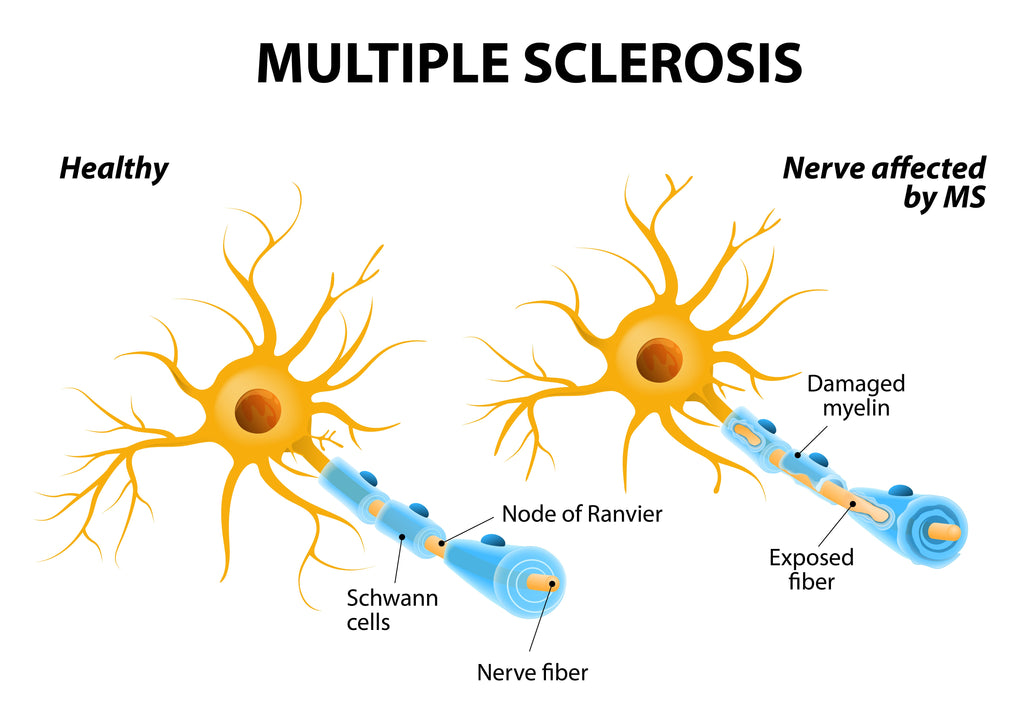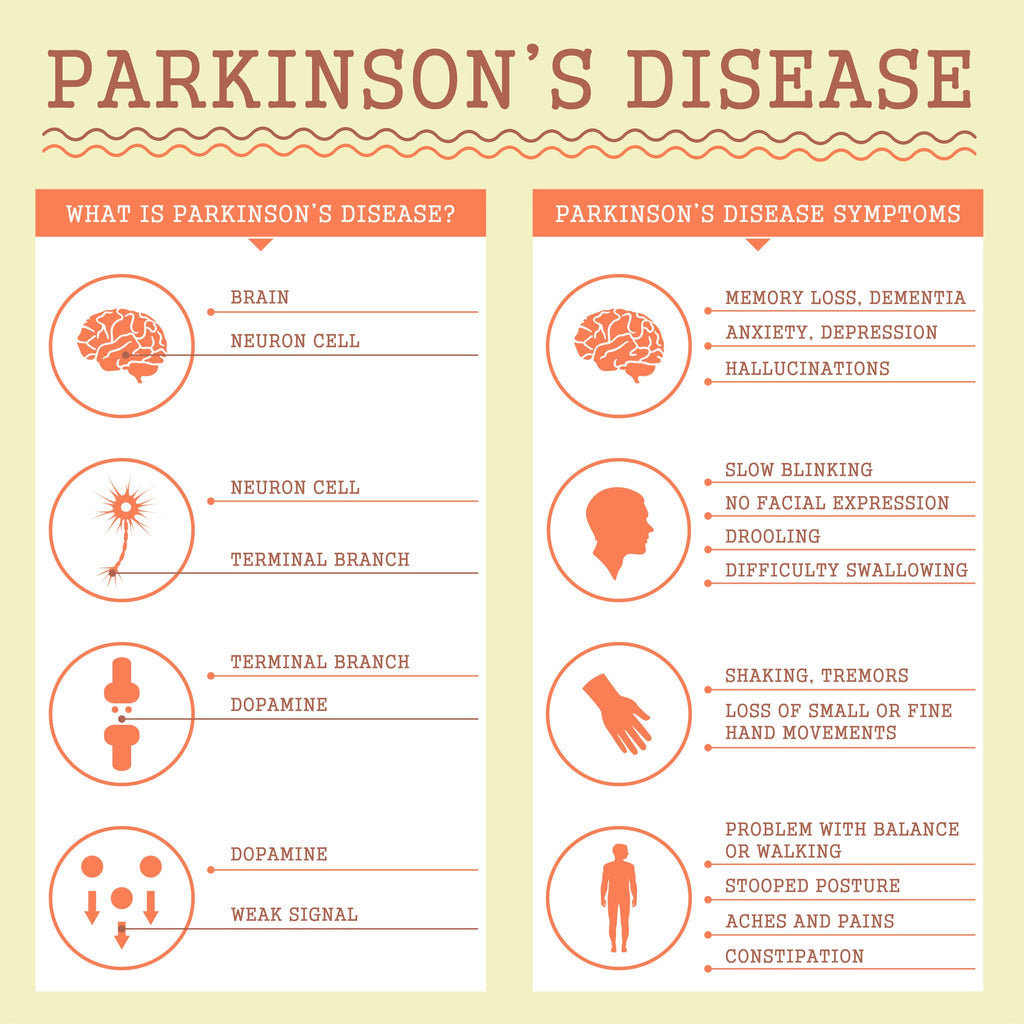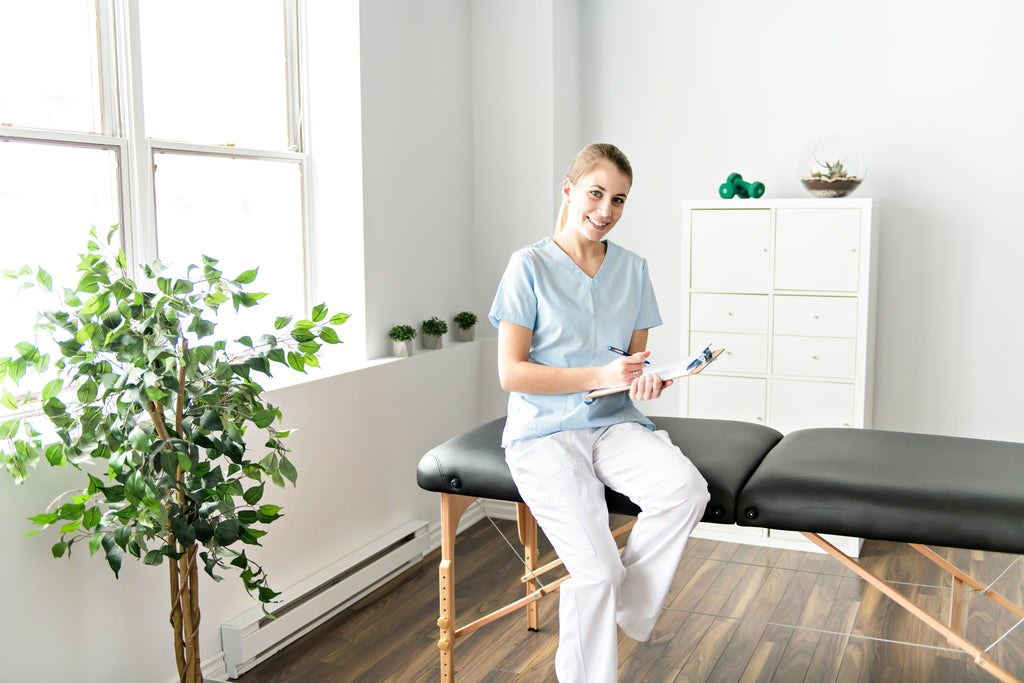Author: Selena Belisle, Founder/Instructor, CE Institute LLC, Miami FL
Did you know that one of our largest national massage and spa chains just lost a class action lawsuit for how they advertised and sold their one-hour appointments in the State of Missouri? Well, according to multiple new sources, they did! The class action lawsuit asserts that clients purchased an advertised "One-Hour" appointment, but, only received 50 minutes of hands-on service time with 10-minutes being provided for consultation and clothes dressing, instead of the full 60-minute service as advertised. The chain had to pay a $1.6 million award to the plaintiffs and their attorneys for customers that received these shortened services for an 8+ year period, from January 31, 2012 to April 13, 2020. Other states, spas and establishments may now be at risk for similar legal action due to this new legal precedence.
I believe as a spa, salon or massage establishment or practitioner, that we can all learn from this example. It is important to be clear and exact in our appointment advertisements. When advertising a one-hour service, it should be precisely detailed if the one-hour service includes anything other than the advertised service itself. In this case, if a one-hour appointment only provided a 50-minute serwith 10 minutes of consultation and dressing time, then that detail of dressing and consultation time should be included in the advertisement.
It is essential to properly advertise time with a massage appointment today, because most busy clients must plan childcare, work absence, or other time-sensitivities to attend appointments. Advertising a 50-minute massage but then keeping your client occupied in a treatment room for 60 minutes or more with dressing and consultation would not good practice today either, due to our whole new busy world of time-management pressures.
Let's look back on the massage industry's appointment scheduling practices:
In the “old-days” (early-to-mid 1990s and before), we used to advertise one-hour massages and then leave 15-minute "breaks" in-between our 60-minute hands-on service for the clients to dress, undress and consult with the therapist prior to, or after their appointment. We didn't have cellphones where we could check emails, texts and so forth, every second of every day, so it was a whole different era, lifestyle and work standard. Back then, we were less accountable for time if the appointment went longer than advertised which is important to note. That is because our "old" standard did not leave a client feeling “cheated” for their time and money, which appears to be a new legal liability and complaint today with this successful lawsuit against Massage Envy.
So why the change in appointment scheduling? From the late 1990s to today, as the massage industry became more popular and the demand for appointments increased, these new 50-minute “hours” were commonly adopted by many establishments, all the way from Massage Envy to the Ritz Carlton. This 50-minute hour practice allowed most establishments and therapists to often:
- see more clients;
- earn more income;
- provide easier view of an appointment book;
- provide less of a hardship if a client was a no-show and there was no way to charge the client for the lost time;
- there is a long list of other reasons why a 50-minute hour appointment practice is a preferred method of appointment scheduling.
When the 50-minute hour first started, some professionals did not agree with the new rushed 50-minute service on the hour, every hour, as it became a “new normal” in our industry. And, as you can see from this class action lawsuit result, a “new normal” of practice doesn't necessarily make it right, or legal.
Regardless of what a therapist or establishment owner prefers in massage appointment scheduling, it is perfectly acceptable to provide and charge for a 50-minute massage. If you advertise a 50-minute massage, then you should simply provide a 50-minute massage of hands-on time. That's it. What may no longer be acceptable, especially with this new court precedent and ruling, is to sell a one hour massage and then only provide 50-minutes of hands-on time. In this court ruling, it appears that it did not matter that the other 10 minutes of the hour was spent on appointment-related needs such as consultation and dressing time.
With over two decades of watching industry scheduling practices, I do personally think that it might be possible to establish a different legal precedent where a 50-minute hour IS a normal standard because it is so commonly practiced, if we do not have that precedent already. However, I am not a lawyer, judge or jury - this type of legal precedent may only be determined in a court of law. If you have questions or concerns about this, you should consult your business attorney to discuss your individual exposure of your business appointment scheduling practices.
So, for those establishments and practitioners who provided as advertised and did not implement the new 50-minute hour without disclosure, a big-hats off, thumbs-up and kudos to you! It looks like trying to provide a 50 minute hour without proper detail might be more trouble than whatever benefit you could gain from such a practice.
Please share this information with your peers, coworkers, employers and anyone else who could be affected by it. This might be an important legal precedent that could affect your future (or past) practice of appointment advertisements and scheduling practices!
Please click HERE to review a summary of this class action lawsuit result on topclassactions.com
To learn more, please register for quality, affordable, professional training at: https://ceinstitute.com/
____________________
Author Selena Belisle is the Founder of CE Institute LLC in Miami FL. She is a retired professional athlete and has been practicing massage therapy for over 30 years. Selena is an approved CE Provider with NCBTMB & the Florida Board of Massage. She now teaches full time for the Complementary and Alternative Health Care Industries. You can learn more about Selena’s training and CE classes at www.CeInstitute.com
[i] Español By Brigette Honaker June 1. “Missouri Massage Envy Class Action Settlement.” Top Class Actions, 19 June 2020, Found online July 12, 2020, topclassactions.com/lawsuit-settlements/open-lawsuit-settlements/consumer-products/health-fitness/miss-massage-envy-class-action-settlement/?fbclid=IwAR3CFdMWGoOm7fki5ydO26Q7Odqd58bx7PYTdAwHTY2ZoIxx0oVhe7FDrBQ.

